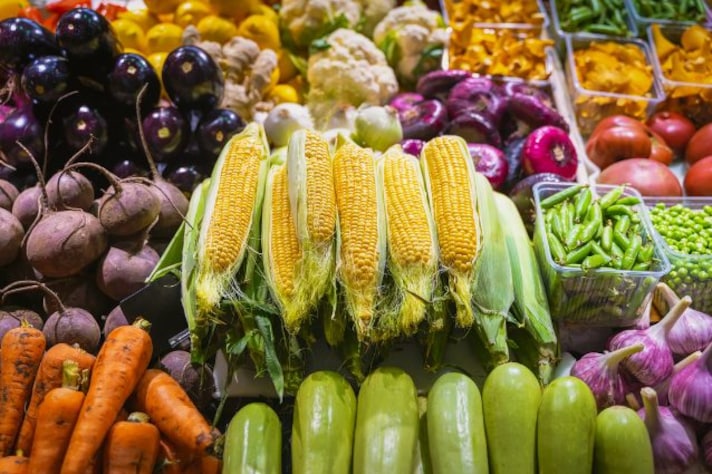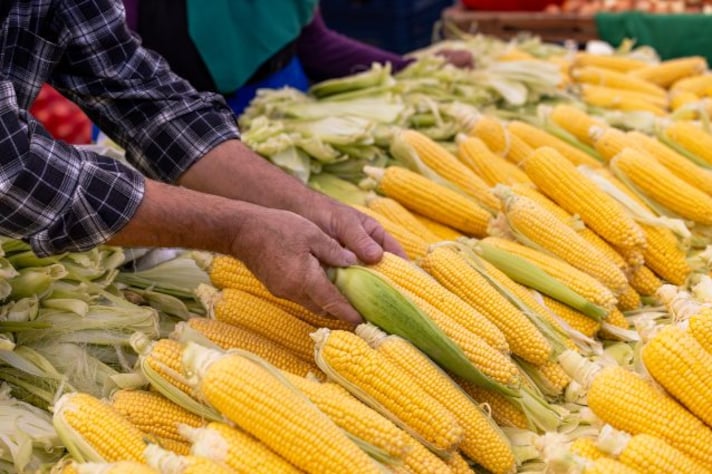
When strolling through your local grocery store, you might be tempted to peel back the husk of that perfect ear of corn to get a glimpse of the golden kernels hiding inside. After all, who wants to bring home a cob that's less than perfect? But is it socially acceptable to shuck your corn before buying it? Let's unravel the debate and see if this grocery store move is a kernel of wisdom or a corn-y faux pas.
The Etiquette Debate: Should You Shuck Corn?
The question of whether to shuck corn before purchasing it has been a point of contention for years. Some shoppers feel justified in removing the husk to inspect the corn's quality, while others believe it's an invasive practice that should be left to the experts. Many grocery stores frown upon customers shucking corn, primarily due to the mess it can create in the produce section. Yet, there's a faction of consumers who argue that checking the kernels is essential—after all, you want to make sure you're getting the freshest, most tender corn possible.
Why Some Shoppers Choose to Shuck Corn
Proponents of shucking corn in-store often point to the practicality of the practice. A husked cob gives you a clear view of the kernels, allowing you to spot imperfections or damage that might not be visible with the husk still in place. They also argue that removing the husk prevents you from purchasing corn that has been sitting on the shelf too long. When corn sits in its husk for days, it can lose moisture and sweetness, so it’s only natural to want to ensure you're buying fresh, juicy ears of corn.

Additionally, shucking the corn lets you inspect the cob for any signs of pests. Corn can sometimes harbor insects inside the husk, and by pulling it back, you're checking for unwanted guests before you commit to buying.
The Case Against Shucking Corn
On the other hand, grocery stores often discourage customers from shucking corn before purchase. For one, it's a matter of hygiene. When people peel back the husks, it can create a mess in the store. And let’s be honest—nobody wants to clean up a pile of loose husks that have been scattered across the floor. The act of shucking corn also exposes the cob to air, causing it to lose moisture more quickly. This can lead to a decline in quality, with the corn drying out faster than it would have had the husk remained intact.
Moreover, many grocery stores prefer to keep the husks on for presentation purposes. Shucked corn can appear less appealing than its husked counterparts, especially if it's not sold immediately. A husked cob can also be harder to handle, and in some cases, it may leave behind stray bits of silk that can make a mess.
What Experts Recommend for Buying Corn
Experts often recommend using your senses to evaluate the corn, even if you’re not shucking it. Look for tightly wrapped husks, bright green leaves, and a clean, unblemished cob. The kernels should appear plump and well-formed. You can also give the cob a gentle squeeze—if it feels firm and solid, it's likely a good choice. If the husk has any dry spots or the kernels are shriveled, that may be a sign that the corn has been sitting around for a while.

Additionally, if you're unsure about how fresh the corn is, try gently peeling back a corner of the husk without fully removing it. This way, you can get a sneak peek at the kernels while still respecting the store's wishes. It’s a good compromise that allows you to check for quality without causing a mess or violating any store etiquette.
The Dangers of Pre-Shucked Corn
For those tempted by the convenience of pre-shucked corn, think twice before tossing it into your cart. While it may seem easier to grab a pre-packed ear of corn, you're likely sacrificing freshness. Once corn is shucked, its sugars begin to convert into starch more rapidly, leading to a loss of sweetness. The corn might still look good, but it won’t taste as fresh as corn that’s been freshly husked right before cooking. Moreover, pre-shucked corn is more susceptible to spoilage, as the kernels are exposed to air, moisture, and bacteria.
;Resize,width=767;)
